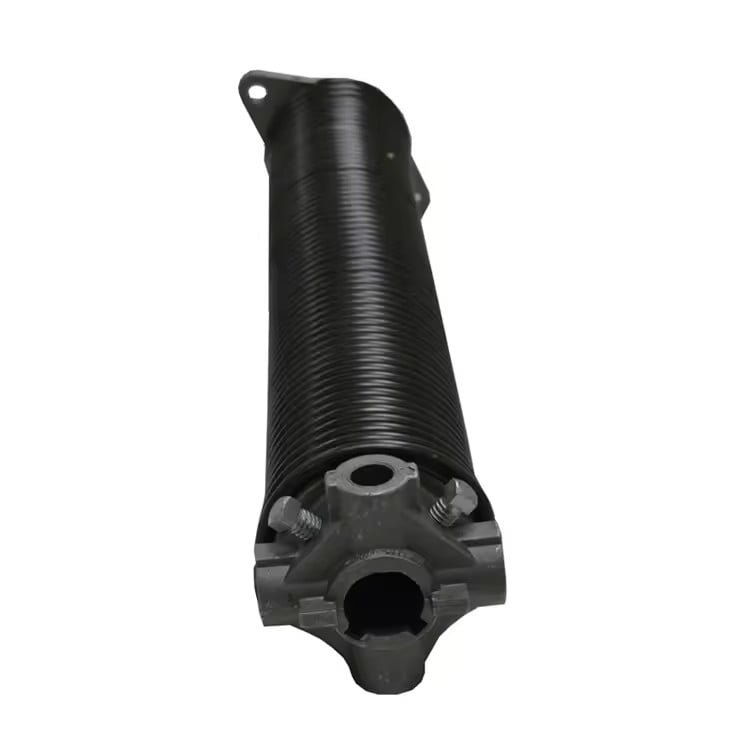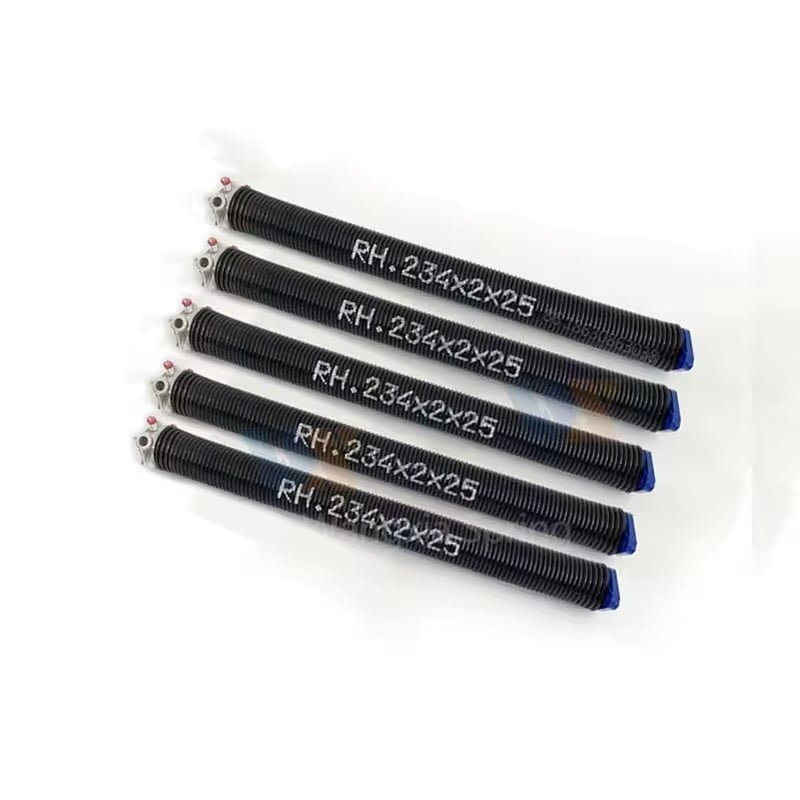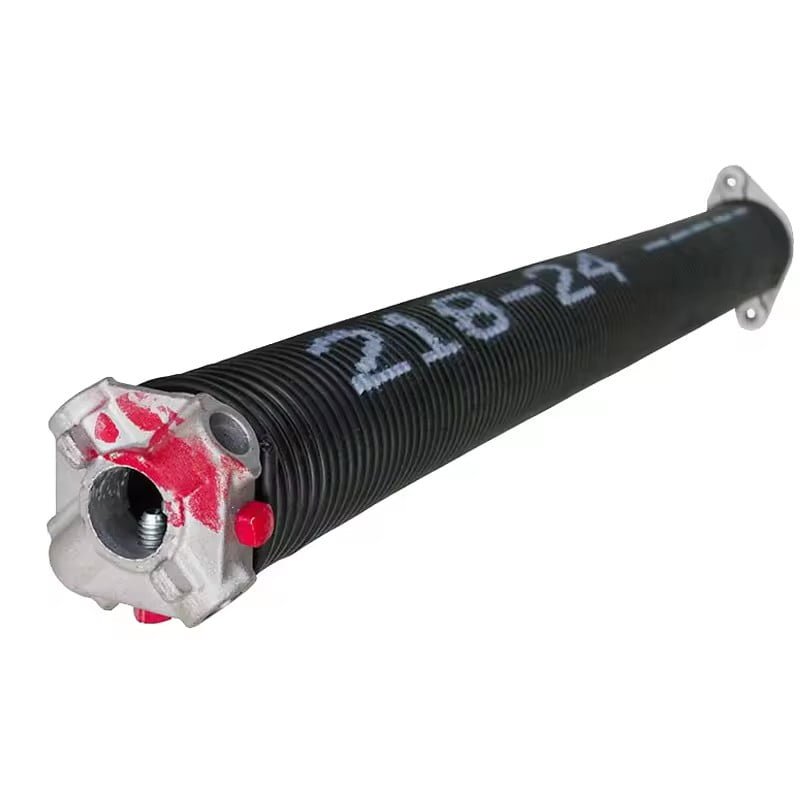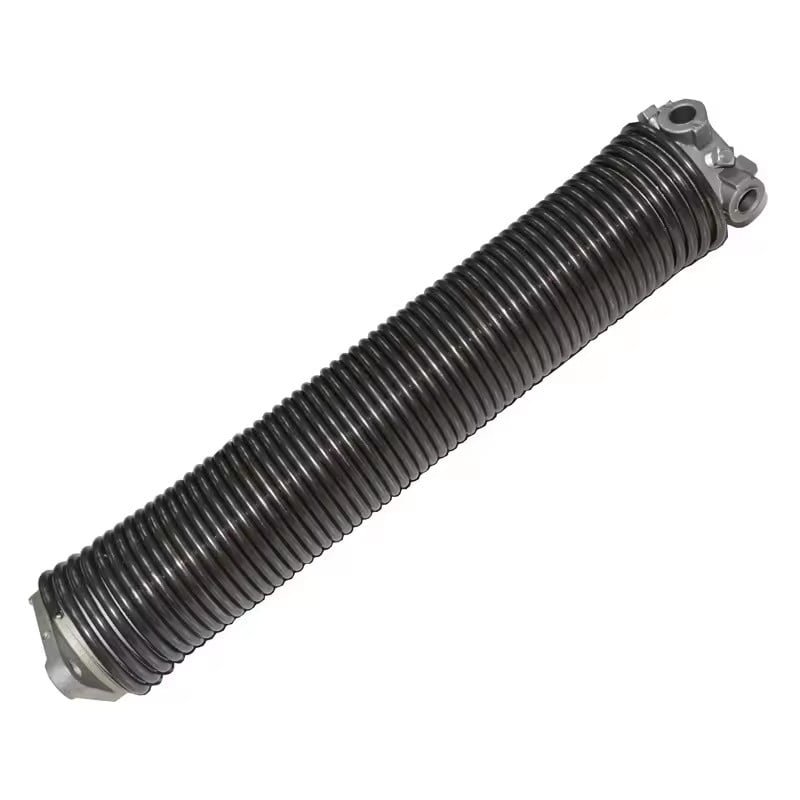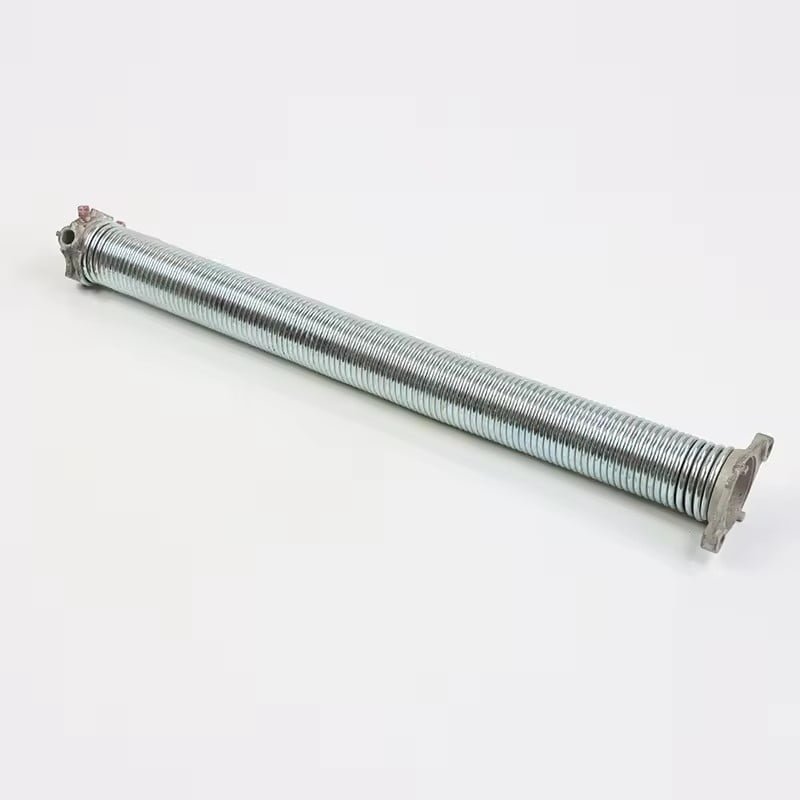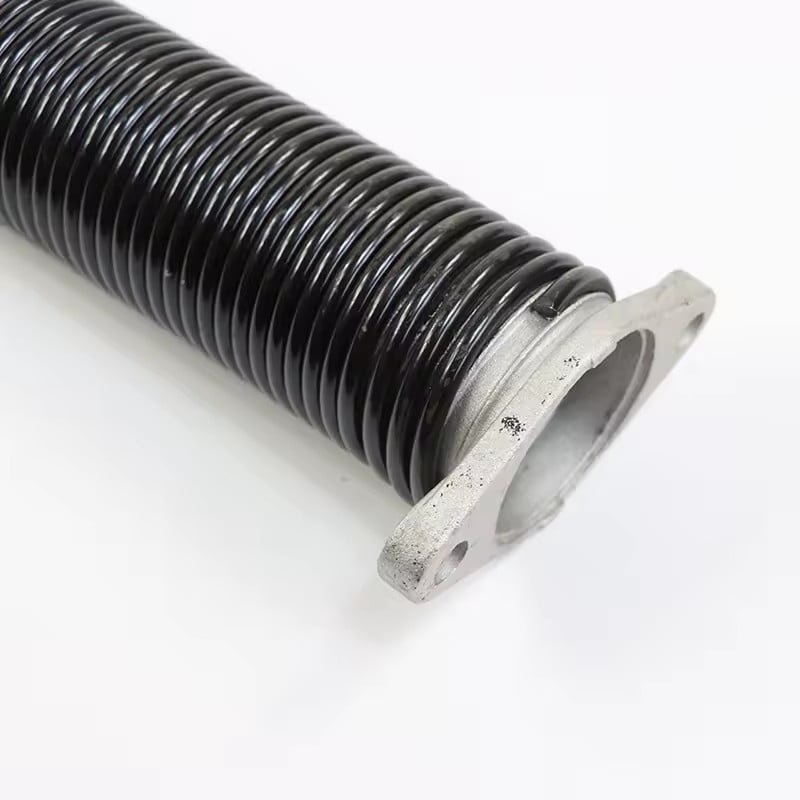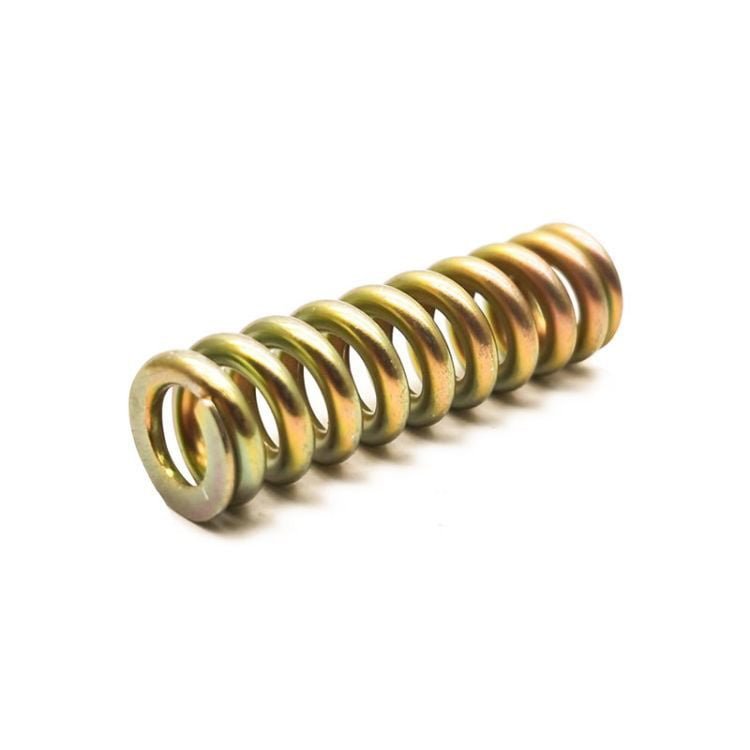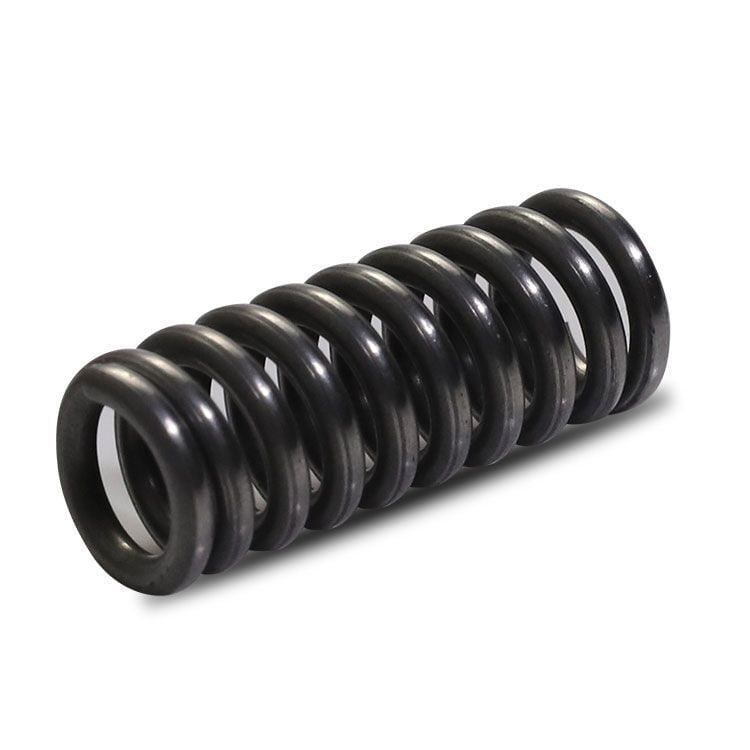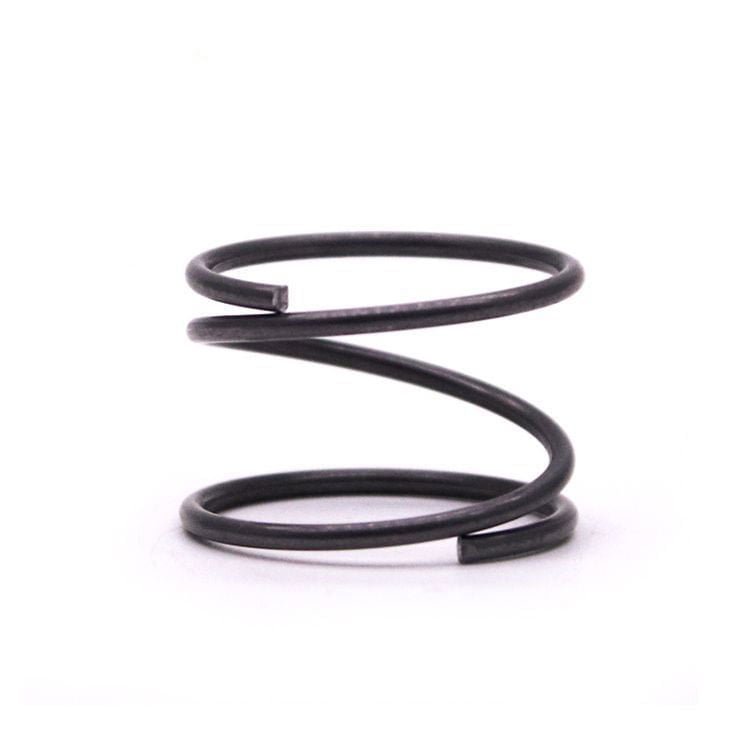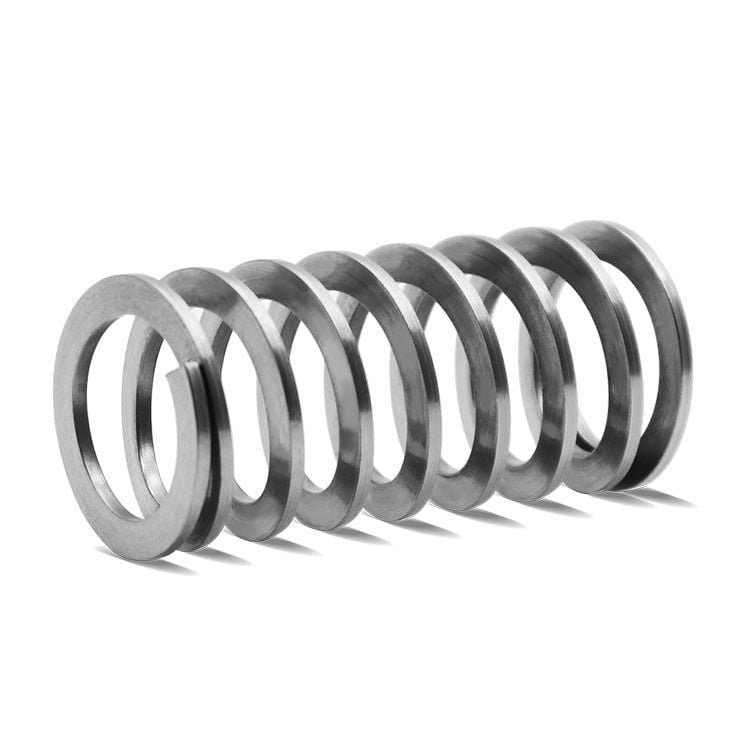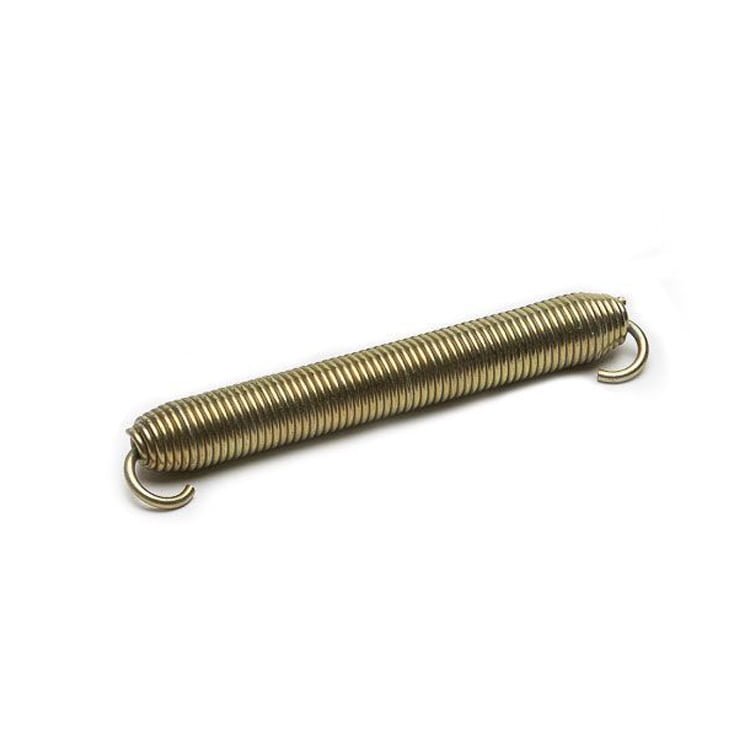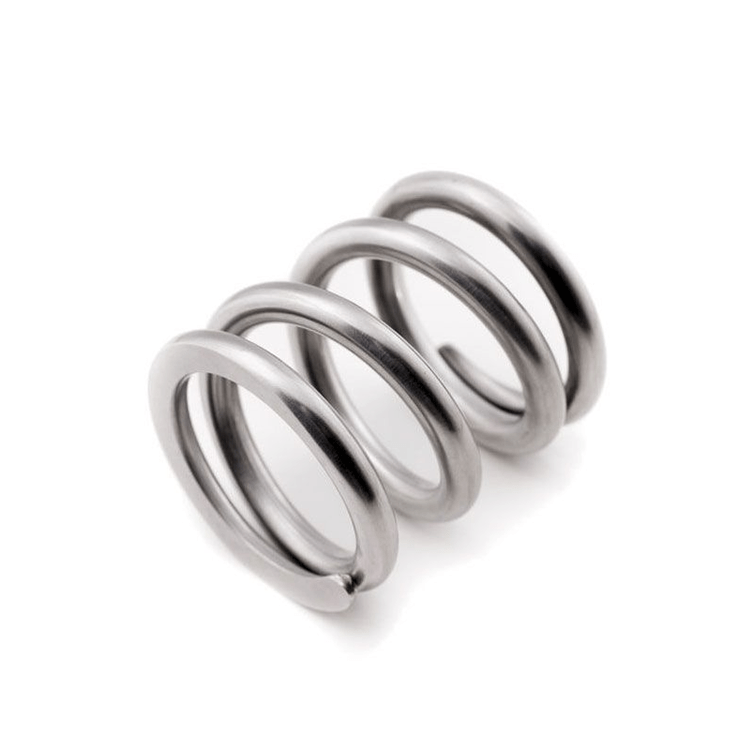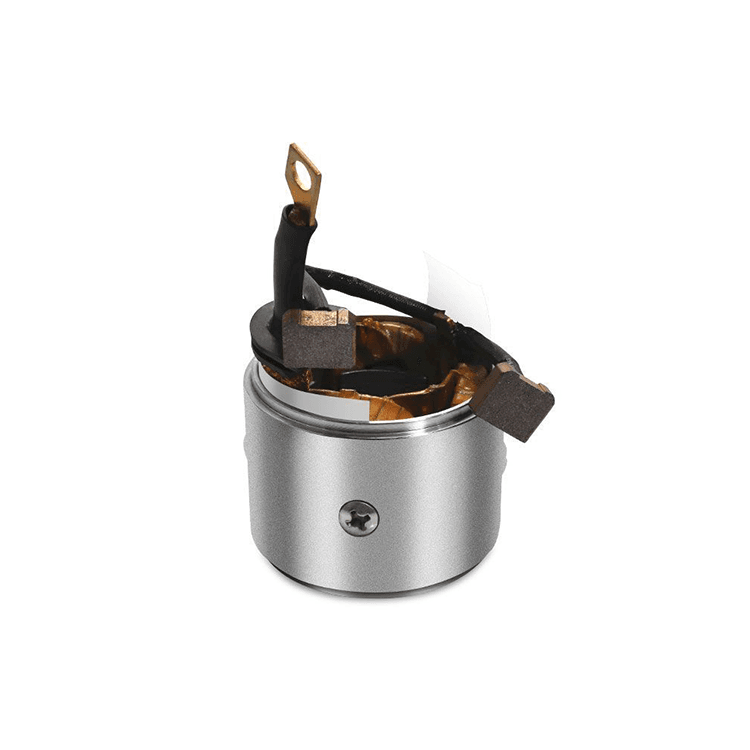Overhead door springs
Overhead door springs is one of the important mechanisms to open and close the garage door according to the command. Many people think of the garage door opener as the operation that opens and closes the garage door, and while it plays a role in the operation, the spring is the part that really raises and lowers the garage door.
The garage door opener is responsible for starting and adjusting the movement of the garage door, and the spring is the balancing device that makes the garage door open and close. Basically, door openers are useless without overhead door torsion spring.
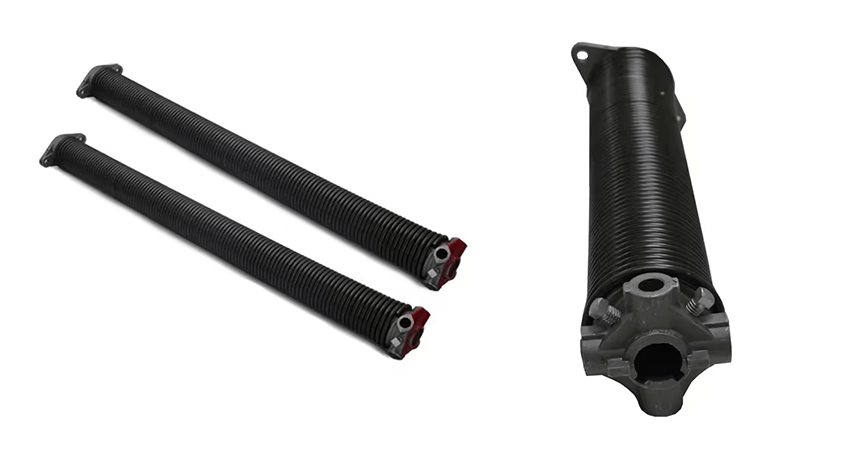
Door torsion spring are long metal coils that can be tightly wound or extended to offset the weight of the garage door, allowing the garage door to be opened and closed on command.
There are two common types of overhead door springs:
- Torsion spring
- Tension spring
Since operations vary, it is important to understand each system and how it works to determine which spring system is best for your garage door operating system.
The difference between the two types of overhead door springs is very simple:
- One is mounted above the garage door opening by swivel.
- The other is located on either side of the garage door opening and works by expansion and compression.
How does the overhead door torsion spring work?
- The torsion spring is mounted on a metal rod above the garage door opening, called a shaft. Torsion springs work by collecting and storing the energy produced by winding and unwinding metal springs.
- When the garage door is closed, it pulls the cable connected to the tightly wound garage door spring. These springs are wound so tightly that tension and energy build up.
- When the door is opened, the tension and energy stored in the overhead door springs is released, generating force and acting as a counterbalance to the heavy garage door, thereby lifting the door up.
To determine which type of door top spring is used for your elevated door, simply find the location of the spring. One of the more common is the torsion spring, which is usually placed horizontally above the garage door opening.
Torsion springs use hard metal coils, usually made of beryllium copper, titanium or carbon and stainless steel. These materials were chosen because they have a high energy storage capacity, which is important because torsion springs use the stored energy to raise and lower the door.
While seemingly simple, it is important to understand the extreme risks of commercial overhead door springs repair and replacement. This is why it is highly recommended to hire a trained garage door specialist to perform all torsion spring replacements and repairs.
Which overhead door springs is best: Of the two spring systems, the stretch spring used to be more popular, but over time, the torsion spring has become more and more popular. Only in special cases will stretch springs be installed, such as garage doors with low headroom height, and torsion springs cannot be installed.
So why are overhead door springs becoming more and more popular?
- Torsion springs are generally a better investment because they are more durable and have a long service life. Although the upfront cost is high, the service life of the torsion spring can reach 20,000 times, while the life of the tensile spring is only about 10,000 times.
- Torsion springs are generally a better investment because they are more durable and have a long service life. Although the upfront cost is high, the service life of the torsion spring can reach 20,000 times, while the life of the tensile spring is only about 10,000 times.
- Garage doors that do not operate smoothly may need more adjustments to ensure the door is balanced while running.
- Stretch-spring systems require more moving parts than torsion springs and therefore may require more maintenance and expensive repairs. Torsion springs are more friendly to garage door openers and wear out less, thus maximizing the life of the opener.
Therefore, we recommend that the user install overhead door springs on the garage door.
